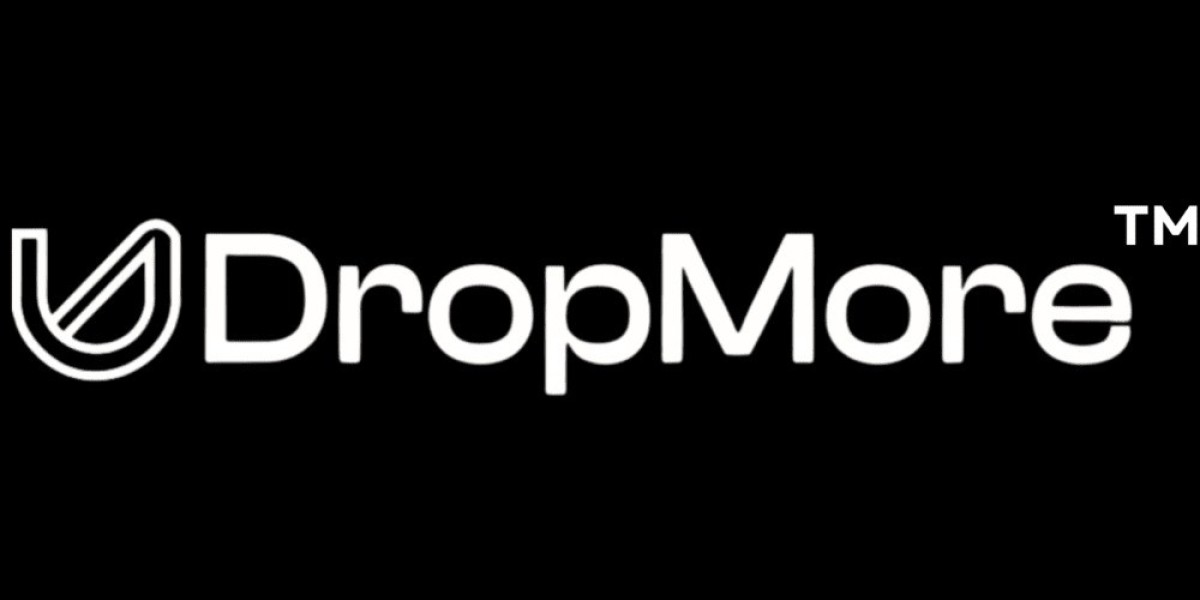Corporate meeting minutes are a critical aspect of organizational governance. They serve as an official record of what transpires during meetings, from the decisions made to the actions agreed upon. Proper documentation of these meetings ensures transparency, accountability, and legal compliance. But how do you ensure that your meeting minutes are accurate, effective, and compliant with corporate governance standards? In this comprehensive guide, we'll explore best practices for recording corporate meeting minutes and highlight why they are so essential to your business.
What Are Corporate Meeting Minutes?
Corporate meeting minutes are a written record of everything discussed and decided during a company's official meetings. These minutes can include meetings of the board of directors, executive sessions, committee meetings, and even annual general meetings. The minutes serve as an official account of decisions, discussions, and resolutions passed during these sessions.
Why Are Corporate Meeting Minutes Important?
Corporate meeting minutes play several critical roles within an organization. They provide a transparent record of discussions and decisions, helping to ensure that all stakeholders are informed. Additionally, these minutes serve as legal documents that can be used in court if necessary, which is why accuracy and thoroughness are essential.
Meeting minutes also help in tracking the progress of ongoing projects and initiatives. By reviewing past minutes, organizations can measure their progress against the goals set in previous meetings. This tracking is vital for long-term strategic planning and ensures continuity in decision-making.
Legal Implications of Corporate Meeting Minutes
One of the most critical aspects of corporate meeting minutes is their legal significance. Minutes can serve as evidence in legal proceedings, particularly in cases where there is a dispute over the decisions made by the board or other governing bodies. Therefore, it's crucial to ensure that the minutes are accurate, comprehensive, and timely. In some jurisdictions, failing to maintain proper corporate meeting minutes can result in penalties or even jeopardize the limited liability status of the corporation.
Best Practices for Recording Corporate Meeting Minutes
1. Preparation Before the Meeting
Good meeting minutes start with thorough preparation. Before the meeting, the person responsible for taking minutes should review the agenda, past meeting minutes, and any documents that will be discussed. This preparation allows the minute-taker to anticipate the flow of the meeting and identify key points that will likely need to be recorded.
2. Use a Standardized Template
Using a standardized template for corporate meeting minutes ensures consistency and completeness. The template should include sections for the meeting date, time, location, attendees, agenda items, and a space to record the key points discussed, decisions made, and any actions assigned.
3. Be Objective and Clear
The language used in corporate meeting minutes should be clear, concise, and objective. Avoid including personal opinions or interpretations. Instead, focus on accurately recording the facts of what was discussed and decided. This objectivity is crucial, especially when the minutes serve as legal documents.
4. Capture Essential Details
While it's essential to be concise, you should also ensure that all necessary details are captured. This includes the names of attendees, any motions proposed, who proposed them, and the outcome of votes. It's also important to note any conflicts of interest and how they were managed during the meeting.
5. Record Decisions and Action Items
The primary purpose of corporate meeting minutes is to record the decisions made and any actions that need to be taken as a result. Ensure that these are clearly outlined, along with who is responsible for each action and any deadlines.
6. Review and Approve Minutes Promptly
After the meeting, the draft minutes should be reviewed for accuracy by the meeting chair or another senior member. Once reviewed, the minutes should be circulated to all attendees for approval. This process should happen as soon as possible after the meeting to ensure that the details are fresh in everyone's minds.
7. Maintain Confidentiality
Depending on the nature of the meeting, some discussions may be sensitive or confidential. It's important to handle these sections of the minutes with care, ensuring that sensitive information is not disclosed inappropriately.
8. Store Minutes Securely
Once approved, corporate meeting minutes should be stored securely. Many organizations use digital storage systems that are both secure and accessible to authorized personnel. Maintaining a well-organized archive of past meeting minutes is essential for reference, compliance, and legal purposes.
Common Pitfalls to Avoid
1. Being Too Vague
While brevity is important, being too vague can result in minutes that are not useful. Avoid general statements like "a discussion was held" without detailing the key points of the discussion.
2. Delaying the Approval Process
Delays in approving minutes can lead to inaccuracies, as memories fade and details can be forgotten. It's crucial to follow up promptly to ensure that the minutes are approved while the information is still fresh.
3. Overlooking Action Items
Forgetting to record or follow up on action items is a common mistake that can hinder progress. Ensure that all action items are clearly documented, assigned, and followed up on.
4. Failing to Record Votes and Decisions
The outcome of votes and the decisions made are among the most critical elements of corporate meeting minutes. Failing to accurately record these can lead to disputes and challenges later on.
The Role of Technology in Corporate Meeting Minutes
Technology has revolutionized the way corporate meeting minutes are recorded and stored. Many organizations now use specialized software that can assist with taking minutes, tracking action items, and securely storing documents. These tools often include features like templates, real-time collaboration, and automated reminders for follow-up actions.
Moreover, the rise of virtual meetings has introduced new challenges and opportunities for minute-taking. With virtual meetings, it's essential to ensure that the minutes still capture all necessary details, even if the meeting format is different. Using technology effectively can help ensure that virtual meeting minutes are as comprehensive and accurate as those taken in person.
Conclusion
Corporate meeting minutes are an essential part of corporate governance, providing a transparent and accurate record of the decisions and actions taken during meetings. By following best practices, such as preparing in advance, using a standardized template, and being objective, organizations can ensure that their meeting minutes are effective and compliant with legal standards.
Avoiding common pitfalls, such as being too vague or delaying the approval process, can further enhance the quality of your minutes. And with the right technology, organizations can streamline the minute-taking process, making it easier to capture, store, and manage these vital records.
In a corporate environment where accountability, transparency, and compliance are paramount, effective meeting minutes are not just a formality—they are a critical tool for good governance and long-term success. Whether you are a seasoned corporate secretary or new to minute-taking, mastering the art of recording corporate meeting minutes is an investment that will pay dividends for your organization.








